Selling quilts and copywright on patterns
meskauskas
17 years ago
Featured Answer
Sort by:Oldest
Comments (29)
msmeow
17 years agoglassquilt
17 years agoRelated Discussions
Quilt Block Pattern Search
Comments (11)Hi all! I have been following this site for some time and think it is time to jump in. I have the book 120 patterns by Maggie Malone and this particular pattern seems pretty straightforward to me. The instructions read as follows: "There are only two pattern pieces for this design, which makes it very easy to sew. The way IÂve broken the pattern down you wind up with more pieces but it is all straight-seam sewing. The pattern is made up of 2" squares, except for the two in the centre which are half-square triangles. Follow the diagram in rows, keeping in mind that there are six rows per block." I actually took a pencil and lightly drew the horizontal and vertical lines so that I could see where the squares are. (And remember to cut at 2 1/2" to finish at 2".) Personally, I would probably work on an easier cutting diagram so as to minimize all those seams. Hope this helps. And I shall return! Theresa from Ontario...See MoreMy quilt group row quilt
Comments (12)I always think of Lindaoh when I hear row quilts. Her group made a row quilt when I first started seriously reading this quilt forum. Your group makes such nice and generous quilts! The Guild I belong to is very large and very generous. There is always on going projects for donation throughout the year. Last year (or maybe the year before) we made 50 quilts for older boys in the hospital. They were rows - fabric provided, or made from your stash - we turned in a sewn row of our design, and someone else would add another row - these quilts turned out amazing! I started a row using Star Wars fabric as the focus that Kay sent me when she was cleaning out her stash! It was fun to see what people made with the different fabrics, and easy to find time to sew a row or 2 to contribute. It was a good experience for me....See MoreWalmart in Atlanta area that still sells patterns and fabric???
Comments (6)I am in Hiram, GA. I have three Walmarts near me that sell fabric and patterns. The Douglasville store off Hwy 5 and Interstate 20, Powder Springs store off East West Connector and Powder Springs Road, Hiram store of Hwy 278/Jimmy Lee Smith Parkway. They closed out the fabric dept at the Thorton Road Walmart 2 years ago. I have heard that the one on Douglasville will be closing out sometime next year. The best of all three is the Hiram since they still have the big 12 foot rack of discounted or special priced fabrics. Some are a $1.00 a yard. I hope they don't all discontinue fabrics. It great when I need something fast instead of having to order it....See MoreTaking pix of quilts & quilting
Comments (13)It is a great floor, but is really distracting me from the quilt (sorry). Had to go back, cover the floor w/ my hands to really see what a nice, handsome quilt that is. I DO understand the importance of the floor as a flat surface to take photos on. Perhaps if you can't hang your work to shoot, use a white sheet to cover the floor & then place the quilt on top of it as a white backdrop (similar to suggestion made above about plain background). Then the quilt is all one sees. I discovered by accident this Spring that photographing a quilt outside on grass in the sun really showed the stitching. Was a pleasant surprise, I was shooting pix of my first bed quilt (a twin), largest I'd done, wanted to try all different kinds of shots. I took it to a local park in late afternoon, spreading it on a lawn & took various pix. Got home & worked on the pix to discover they showed the quilting really well. Sorry I don't know how to post a link, it's in my photobucket album. Try acessing: krsternberg don't believe it needs a password. Pls. look for an album called something like "Mom's quilt". HTH (PG) Karen...See Morekelly4905
17 years agosew_self-taught
17 years agomsmeow
17 years agolizzy3_27
17 years agolaurainsdca
17 years agocmc_97
17 years agomeskauskas
17 years agobluebars
17 years agoteresa_nc7
17 years agocrafteedee
17 years agoredpenny
17 years agoIslay_Corbel
17 years agokelly4905
17 years agolucyh_quilts
17 years agoteresa_nc7
17 years agoquiltdiva
17 years agoallycaz9
17 years agocmc_97
17 years agocmc_97
17 years agojackierooke
17 years agobkfdwife
17 years agomsmeow
17 years agorosajoe_gw
17 years agocmc_97
17 years agoBev__
17 years agomaryliz
16 years ago
Related Stories
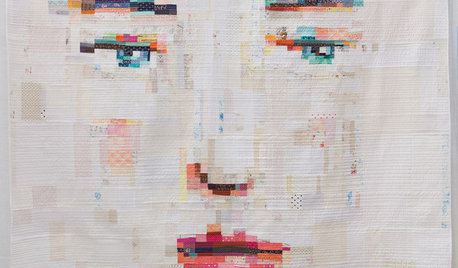
ARTSee Winning Modern Quilts on Display at QuiltCon 2015
Top quilts have been chosen from among hundreds at the international show in Austin through February 22. View them and others here
Full Story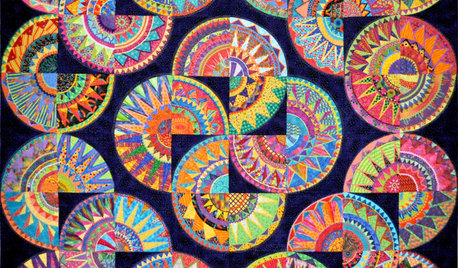
ARTShow News: Rare Quilts Get Museum Time
See 6 intricate designs from a California exhibition and get tips for building your own quilt collection
Full Story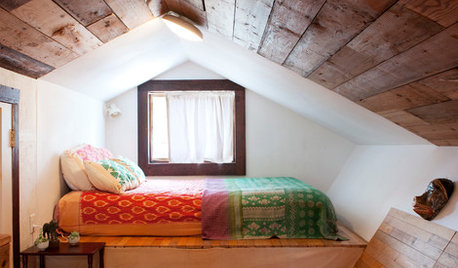
COLLECTIONS15 Reasons to Get Addicted to Kantha Quilts
You can use kantha quilts, made from old saris, throughout your home — on beds, as upholstery and as wall hangings
Full Story
DECORATING GUIDESCelebrating the Great American Quilt
They speak of family, history and beauty. Is it any wonder quilts transcend design styles?
Full Story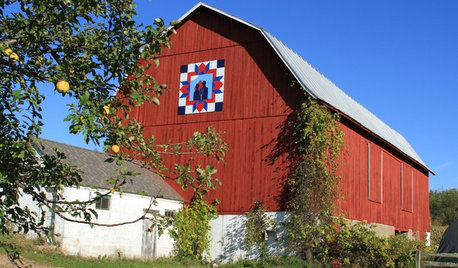
ARTBarn Quilts Piece Together a Community
One man with one beautiful idea transforms Wisconsin’s Shawano County
Full Story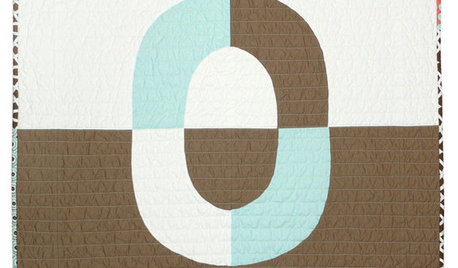
PRODUCT PICKSGuest Picks: 20 Modern Quilts for Kids
Change up the look of your child's bedroom with one of these new quilts
Full Story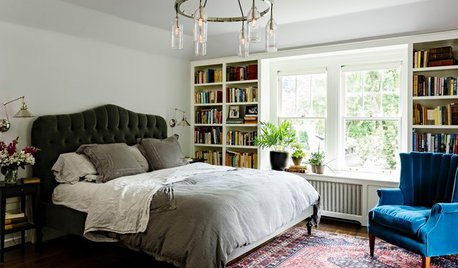
BEDROOMSCoverlet, Duvet, Quilt, Comforter: What's the Difference?
Learn the basics of great bedding options and how to use them for great comfort and style
Full Story
TILENew Tile Trends Play With Pattern and Geometry
See tile designs from brazen stripes and plaids to delicate florals, as manufacturers around the world show their latest
Full Story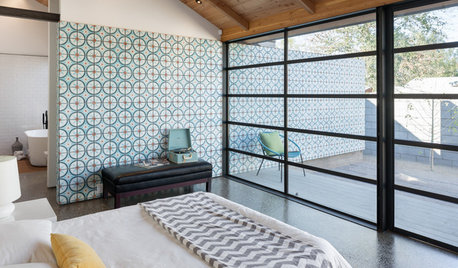
DECORATING GUIDESA Dozen Ways to Work In Patterned Tile
Use colorful and eclectic tile motifs to add interest to flooring, walls and fireplaces
Full Story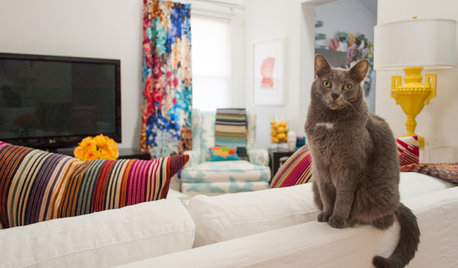
HOUZZ TOURSMy Houzz: Colors and Patterns Energize a 1950s Ranch
Bright fabrics and artwork against white walls create a cheerful vibe in an airy Texas rambler
Full StorySponsored




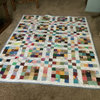


cmc_97